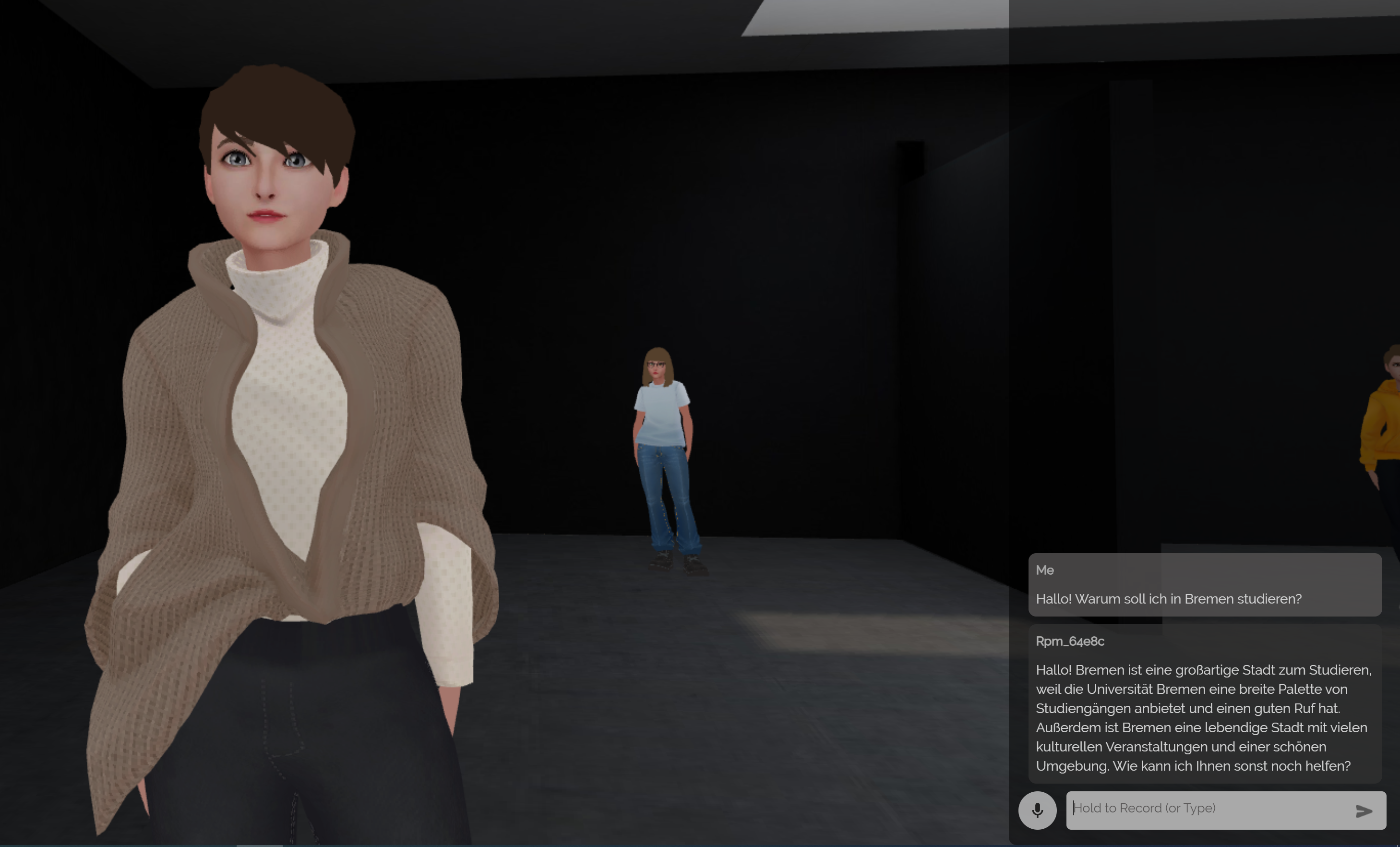Category: Uncategorized
-
Call for Willoughby 2024 Participants
Apply to participate in Willoughby 2024! The Willoughby Institute is going back to its roots and focusing on the digital humanities. We invite any faculty member who would like to learn more about DH or begin working on a proposed project. Previous Willoughby Fellows are encouraged to participate. The Institute will be held on campus…
-

AI Image of the Week: Happy Thanksgiving!
Created with Firefly. Prompt: a thanksgiving turkey on a platter in the middle of a table but the turkey is alive and staring at you Courtesy of Ryan Burke
-

AI Large Language Models: Examples at Dickinson
We were happy to see the Japanese chat bots highlighted in the Dickinson Today. While there are some advantages connecting to AI services with code via an API, there are also many potential uses for AI with their freely available web sites. I have highlighted some examples below, and if you’re interested, have questions, or…